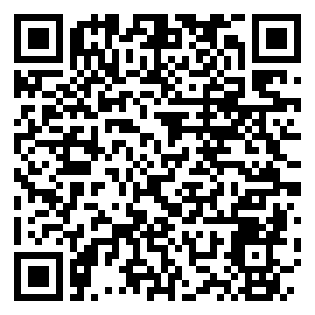Brief Introduction to Typography Study in the Antique Book
A review about Marina Garone's book, that allows to understand a great part of the vocabulary currently used in editorial and typographic design.

Espacio de Opinión
- Comments:
- 0
- Votes:
- 1
- ES
During the last century, innovation and technological change have dramatically revolutioned the world surrounding us. These changes are evident in all scopes: philosophy, art, science, and not least, text production. With new reading formats such as e-books, electronic ink and paper, besides hypertext, multimedia and virtual reality, the reading process changes radically, since these represent a breach from what we traditionally know as print book.
However, before all of this technological revolution, an invention surfaced, giving origin to another important phenomenon: printing, during the Renaissance with the creation of the print and movable types (circa 1450) to the service of social purposes and knowledge divulgation, in a period when humanist thought reigned, concentrating aesthetic-philosophic-mathematical principles in books, inspired in the revalorization of classical texts.
From a start, books were attached to the formal features of manuscripts, in a way such that text was printed y empty spaces were left so rubricators could draw initials, later substituted by woodcuts and ultimately by copper plates. As time went by, along with commercial exchange and technological innovations, books gradually changed its format, its editorial composition, its binding, etc. On the other hand, as types normalized their measurements, type founders were born, and with them specimens or typographic catalogs that currently are valuable for research, since they allow to identify typefaces and their origins in works preserved in particular collections and large libraries.
The work of Marina Garone Gravier beholds the review of some definitions historically attributed to typographic usage and technique, as well as differences among those terms. Either way, morphotypographic aspects such as nomenclature, size and composition are mentioned. In the other hand, it talks about typographic taxonomies in its chronological order and the importance of typographic specimens to identify and locate the origin of any typographic material.
The importance of this work titled Breve introducción al estudio de la tipografía en el libro antiguo (in English: “Brief introduction to typography study in the antique book”, dwells in its contents being exposed in a very simple way, either for the eye of the antique book lover as well as the eye of typography, since it offers the foundations of knowledge and appraisal of this noble craft. In the other hand, this work allows us to know everything behind the current exercise of editorial process, where most concepts have prevailed over the centuries and others transformed through technological advance.
The content is comprised of ten sections, from definitions and terminology applied in the print craft, some of them still lasting or acquired different connotations nowadays, to technical issues considered when carving punches.
Today, it is safe to say that digital technology didn't kill print typography as it was foreseen a few years ago; what looks more logical is that the language of new technologies coexists with the old one, for as it happened with print, it took hundred of years to adapt and substitute manuscripts, and thus different reading practices, publishing manners and literary conceptions prevailed. Therefore, this book must be a part of a basic designer bibliography, as it allows to understand great part of the currently used vocabulary in editorial and typographic design.
Formación Especializada
Complementa tu visión con formación estructurada. Nuestros cursos aportan las herramientas técnicas y estratégicas que el mercado actual exige.
Ver Oferta AcadémicaComparte
Por favor, valora el trabajo editorial utilizando estos enlaces en lugar de reproducir este contenido en otro sitio.

- Garone Gravier, Marina. (2009). Breve Introducción al Estudio de la Tipografía en el Libro Antiguo: Panorama histórico y nociones básicas para su reconocimiento. Asociación Mexicana de Bibliotecas e Instituciones con Fondos Antiguos: Documentos Básicos. México (p. 80).
Topics covered in this article
What do you think?
Your perspective is valuable. Share your opinion with the community in the discussion.
Comment now!



